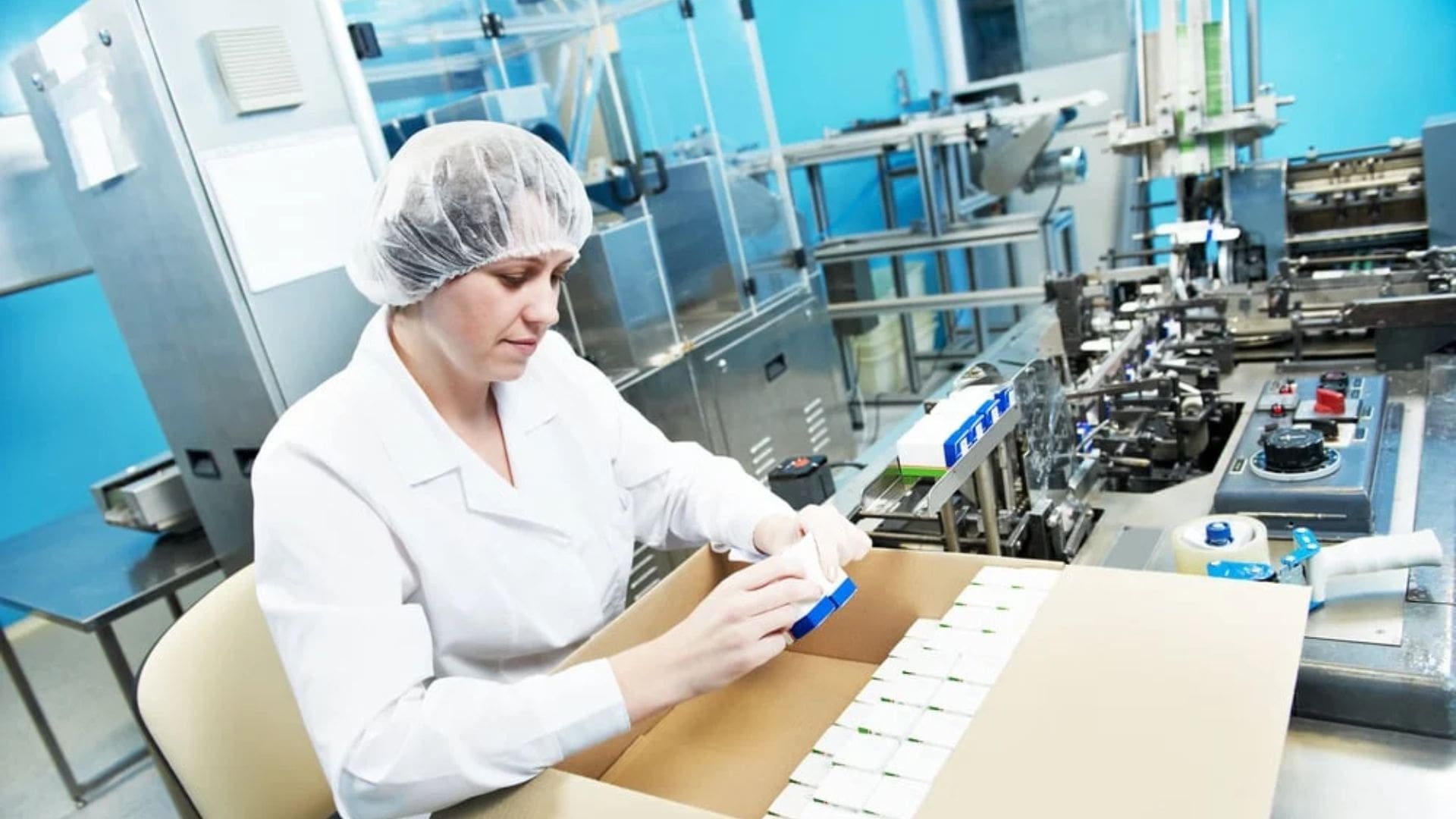The East Coast: U.S. Pharmaceuticals
- United States | 8 June 2019

The biotechnology network in California, spanning from San Diego to the Bay Area, is undeniably impressive. However, when it comes to the biopharmaceuticals value chain, the U.S. East Coast, encompassing New England and the Mid-Atlantic states, showcases a comprehensive ecosystem that sets the standard. Despite being located in different states with varying policies and tax systems, there is much to be learned from the growth, collaboration, and evolution of the East Coast’s life sciences hubs.
One prime example of a successful hub is the Boston-Cambridge biotech supercluster, which has flourished over the past decade. With 120 academic institutions and a strong foundation for a top biotech hub, Massachusetts had the necessary ingredients for success. The cluster experienced exponential growth when MassBio, the state’s premier life sciences trade association, began attracting large pharmaceutical companies and establishing a feeder system of small firms. By leveraging its high-caliber research institutions, a $1 billion 10-year initiative implemented by the Massachusetts Life Sciences Center in 2008, and fostering collaboration between academia, industry, and government, the cluster transformed into an unparalleled global powerhouse within a decade. Massachusetts’ life sciences industry continues to surpass expectations and thrive, attracting significant venture investment and dominating the IPO market. As Robert Coughlin, president and CEO at MassBio, emphasized, venture investment in biopharma companies exceeded $3 billion in 2017, triple the amount in 2012, and Massachusetts accounted for almost half of the U.S. life sciences IPOs in 2018.
The proximity to New York City (NYC) has also been advantageous for the Boston-Cambridge hub, providing easy access to funds. NYC, home to numerous venture capitalists, private equity firms, and investment banks, is now placing greater emphasis on the life sciences sector. The state has initiated robust programs to increase the presence of life science companies, with over $1 billion in investment, including tax incentives and direct funding, aiming to establish itself as a global leader in the industry.
With its financial strength, world-class academic institutions, renowned medical centers, and $1.8 billion in NIH awards (ranking second in the nation), NYC offers an ideal environment for early-stage biotech companies to flourish. The city’s investment in an Applied Life Sciences Hub worth $100 million and $300 million in tax incentives to attract investment in commercial lab space demonstrates its commitment to becoming the next major life sciences cluster.
In the surrounding area, New Jersey stands as a historic hub of the U.S. pharmaceuticals industry. Home to companies like Johnson and Johnson, Merck, and Celgene, the state accounted for 35% of all new FDA approvals for novel drugs in 2018. Building upon its legacy, New Jersey aims to position itself at the forefront of biopharmaceutical innovation. The state has established a Biotechnology Task Force to identify strengths, weaknesses, opportunities, and threats to the industry. Additionally, Princeton University recently launched its Princeton Innovation Center BioLabs, providing co-working lab and office space for high-tech startups. Celgene has also opened an incubator at its Summit West Research Facility. NYC’s increased focus on the life sciences sector is seen as an opportunity for New Jersey to leverage, as noted by Debbie Hart, president and CEO at BioNJ. The geographic proximity between the two states, along with the concentration of venture capital in NYC, fosters opportunities and synergy between them.
Pennsylvania benefits from its strategic location on the East Coast as well. With 2,800 life sciences companies and 112,000 direct jobs in the industry, the state boasts two of the top five NIH-funded research institutions in the country: the University of Pennsylvania and the University of Pittsburgh. Furthermore, North Carolina’s Research Triangle, comprised of esteemed universities such as UNC Chapel Hill, NC State University, and Duke University, along with Delaware’s strong manufacturing capabilities, complete the interconnected life sciences network of the East Coast.
While large pharmaceutical companies and service providers have expanded nationwide, biotech clusters are emerging in various corners of the United States. The concentration of biopharma companies may still be evident in New Jersey and Pennsylvania, but the boundaries of innovation and collaboration can no longer be confined by state borders. The biopharmaceutical East Coast corridor continues to evolve and take shape. As long as there are top-notch academic institutions and proactive local governments, cities and states across the region will have opportunities to be part of this thriving ecosystem.








